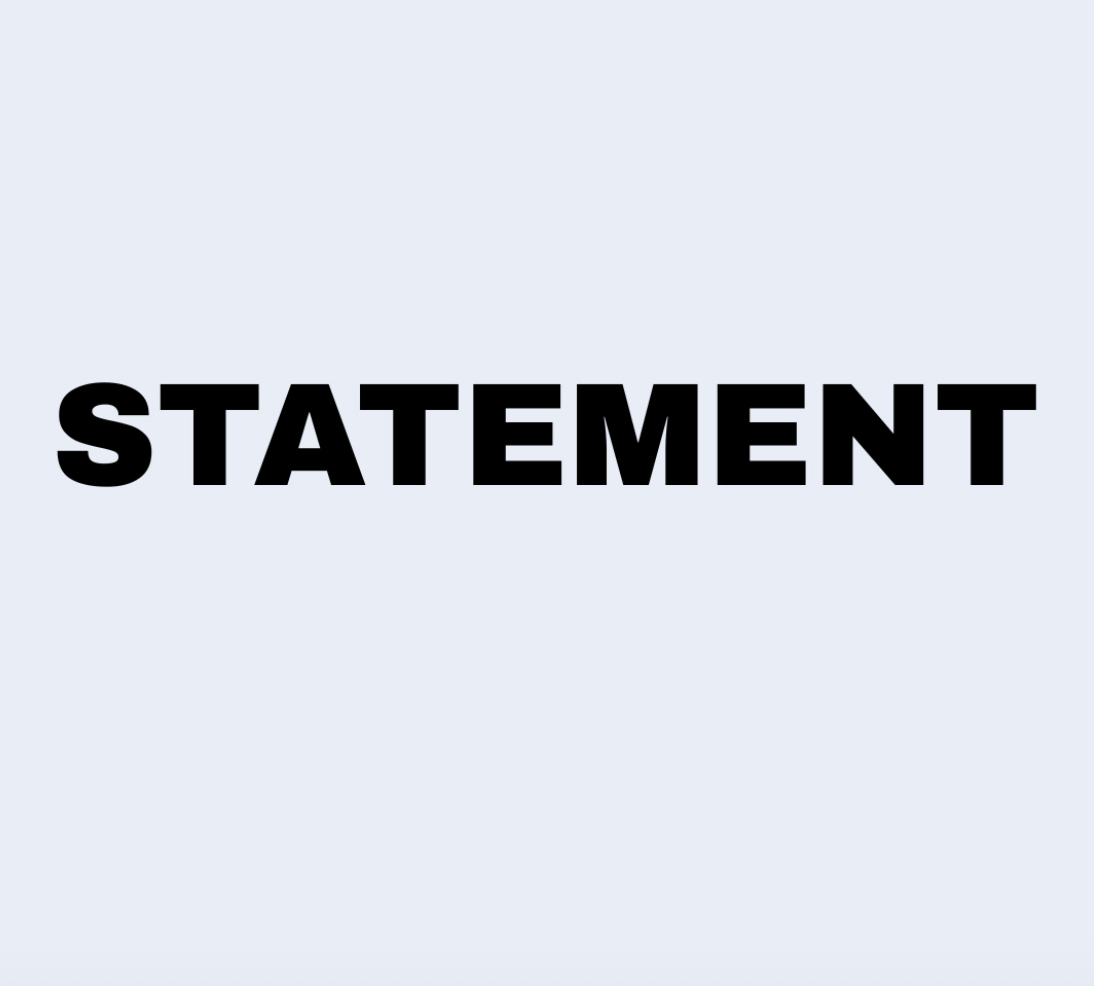The 529 Plan Expansion: Unlocking New Frontiers in Education and Career-Focused Investing – AInvest

Report on the 2025 Expansion of 529 Plans and its Alignment with Sustainable Development Goals
Introduction: Legislative Reform as a Catalyst for Sustainable Development
The 2025 expansion of 529 education savings plans, enacted under the One Big Beautiful Bill Act, represents a significant policy shift with profound implications for achieving key United Nations Sustainable Development Goals (SDGs). By broadening qualified expenses to include non-traditional educational pathways, this legislation directly supports SDG 4 (Quality Education), SDG 8 (Decent Work and Economic Growth), and SDG 10 (Reduced Inequalities). This report analyzes the market and social impacts of this reform, focusing on its capacity to foster inclusive and equitable lifelong learning and promote sustainable economic opportunities.
Advancing SDG 4: Quality and Inclusive Lifelong Learning for All
The legislative update fundamentally redefines educational access, moving beyond traditional four-year degrees to embrace a wider spectrum of skills development, a core tenet of SDG 4. This expansion democratizes education by enabling tax-advantaged savings for diverse and accessible learning pathways.
Broadening Access to Education and Training
The policy now recognizes the value of alternative education in preparing a modern workforce. Qualified expenses have been expanded to include:
- Vocational and trade school programs (e.g., HVAC, plumbing, electrician training).
- Coding bootcamps and other intensive technology training.
- Professional certification and credentialing programs.
- Dual enrollment courses, AP tests, and tutoring for high school students.
This inclusivity ensures that learners can pursue education that is directly relevant to market demands, thereby promoting lifelong learning opportunities for all. Accreditation standards from bodies like the Institute for Credentialing Excellence and directories such as Credentialing Opportunities On-Line (COOL) are crucial for maintaining the quality and integrity of these programs.
Fostering SDG 8: Decent Work and Sustainable Economic Growth
By channeling investment into skills-based training, the 529 expansion directly addresses the U.S. skills gap and promotes full, productive employment, in line with SDG 8. It creates a robust pipeline of talent for high-demand sectors, driving economic growth and workforce resilience.
Targeting High-Growth Employment Sectors
The reform stimulates growth in educational sectors that provide direct pathways to employment. The global coding bootcamp market, for instance, is projected to grow by USD 3.98 billion between 2025 and 2029. This growth is fueled by the new affordability of programs costing between $5,000 and $20,000. Key sectors benefiting from this policy include:
- Information Technology: Cybersecurity, data science, and cloud architecture certifications from providers like CompTIA and Pearson VUE.
- Healthcare: Funding for nursing licensure and other essential medical credentials.
- Skilled Trades: Increased enrollment in programs accredited by organizations such as the Air Conditioning Contractors of America (ACCA).
Furthermore, the proposed Freedom to Invest in Tomorrow’s Workforce Act aims to extend 529 eligibility to cover ongoing credential maintenance, reinforcing the principle of lifelong learning and sustained employability (SDG 8).
Strategic Investment for Sustainable Impact
The policy shift has created new asset classes centered on vocational and technical education, offering investors an opportunity to align financial returns with positive social outcomes. These investments support the infrastructure for quality education (SDG 4) and workforce development (SDG 8).
Key Investment Strategies and Targets
Investors can engage with this emerging market through several strategic approaches that promote sustainable development:
- Private Equity in Education Providers: Investing in the scaling of accredited bootcamp providers (e.g., Flatiron School, Udacity) and trade schools enhances educational capacity and access.
- Revenue-Sharing and Income-Share Agreements (ISAs): This model aligns investor returns with student success, as tuition is paid after employment is secured. This directly contributes to SDG 8 by incentivizing effective job placement.
- Micro-Credentialing Platforms: Supporting platforms like Credly and Coursera that offer stackable, industry-recognized certifications facilitates flexible and continuous skill acquisition for the modern workforce.
Challenges and Considerations for Achieving Sustainable Goals
While promising, the successful implementation of this policy faces challenges that could impact its contribution to the SDGs. Navigating these risks is essential for ensuring equitable and effective outcomes.
Mitigating Risks to Equitable Access and Long-Term Viability
- Regulatory Fragmentation: Disparities in state-level rules, such as California’s exclusion of certain bootcamps from Cal Grant funding, can create inequalities in access, undermining SDG 10. A diversified approach is necessary to mitigate this risk.
- Accreditation and Quality Assurance: Ensuring that all 529-eligible programs meet high-quality standards is critical to fulfilling the promise of SDG 4 and protecting learners from predatory institutions.
- Technological Disruption: The rise of AI and automation may render certain skills obsolete. To remain aligned with SDG 8, investment must prioritize educational programs that adapt their curricula to emerging technologies like AI ethics and blockchain development.
Conclusion: A New Paradigm for Investing in Human Capital and Sustainable Futures
The 2025 expansion of 529 plans has effectively transformed vocational training and certification programs into high-growth asset classes that are intrinsically linked to sustainable development. This legislative catalyst provides a powerful mechanism for channeling private capital towards achieving SDG 4 (Quality Education) and SDG 8 (Decent Work and Economic Growth). For investors, it presents a unique opportunity to generate financial returns while contributing to a more skilled, equitable, and resilient workforce, thereby advancing a sustainable global agenda.
Analysis of SDGs, Targets, and Indicators
1. Which SDGs are addressed or connected to the issues highlighted in the article?
The article primarily addresses issues related to three Sustainable Development Goals (SDGs) by focusing on the expansion of educational opportunities and its impact on workforce development and economic growth.
-
SDG 4: Quality Education
This is the most central SDG in the article. The entire piece revolves around the 2025 expansion of 529 plans, which broadens access to various forms of education beyond traditional college degrees. The article highlights how this legislative change supports “vocational training, coding bootcamps, and certification programs,” thereby promoting diverse and accessible quality education pathways.
-
SDG 8: Decent Work and Economic Growth
The article directly links the educational expansion to economic outcomes. It states that the policy shift addresses the “growing skills gap in the U.S. labor market” and prepares individuals for “high-demand careers in fields such as IT, healthcare, and skilled trades.” By enabling investment in a skills-driven economy, the policy promotes productive employment and economic growth.
-
SDG 10: Reduced Inequalities
By making career-oriented education more affordable and accessible, the policy helps reduce inequalities. The article notes that the expansion has “democratized access to high-demand careers” and that these alternative pathways are popular among “middle-income families.” This suggests a move towards reducing economic barriers to specialized training and upward mobility.
2. What specific targets under those SDGs can be identified based on the article’s content?
Several specific targets can be identified based on the initiatives and outcomes described in the article.
-
Target 4.3: Ensure equal access for all women and men to affordable and quality technical, vocational and tertiary education, including university.
The article’s core subject—expanding 529 plans to cover “trade schools, credentialing programs, and workforce training”—directly aligns with this target. It makes these forms of education more affordable and accessible, as families can use tax-free savings to pay for them. The article contrasts the “$5,000–$20,000” cost of these programs with the higher cost of traditional degrees, emphasizing the increase in affordability.
-
Target 4.4: Substantially increase the number of youth and adults who have relevant skills, including technical and vocational skills, for employment, decent jobs and entrepreneurship.
This target is addressed by the focus on skills for specific, high-demand jobs. The article explicitly mentions training for “HVAC certification, nursing licensure, or cybersecurity bootcamps” and credentials for roles like “cloud architect, data scientist, and cybersecurity analyst.” The goal is to equip individuals with practical skills needed by the current labor market.
-
Target 8.6: Substantially reduce the proportion of youth not in employment, education or training.
The policy aims to create viable alternatives to traditional four-year degrees, directly addressing the need for pathways into the workforce. By funding programs that lead to immediate employment and addressing the “skills gap,” the initiative helps ensure that more people, particularly youth and young adults, are engaged in education or training that leads to a job.
3. Are there any indicators mentioned or implied in the article that can be used to measure progress towards the identified targets?
Yes, the article mentions several quantitative and qualitative indicators that can be used to measure progress.
-
Enrollment Rates in Vocational and Technical Programs
A direct indicator of progress towards Target 4.3 and 4.4 is the increase in student enrollment. The article provides a specific example: “ACCA (Air Conditioning Contractors of America) has seen a 20% increase in enrollment since the 529 expansion.”
-
Market Growth of the Alternative Education Sector
The financial growth of the sector serves as an indicator of its expansion and accessibility. The article states that the “global coding bootcamp market is projected to grow by USD 3.98 billion between 2025 and 2029,” which reflects the increasing demand and availability of these programs.
-
Number and Variety of Eligible Programs
Progress can be measured by the number of programs that become eligible for 529 funding. The article mentions that eligible programs are those “accredited by recognized bodies like the Institute for Credentialing Excellence or listed in the Credentialing Opportunities On-Line (COOL) directory.” An increase in the number of listed programs would be a clear indicator.
-
Graduate Employment and Success Rates (Implied)
The success of these programs is tied to employment outcomes. The article implies this through its mention of “income-share agreements (ISAs), where students pay tuition only after securing a job.” The prevalence and success of ISAs would serve as an indicator of how well the training translates into employment, aligning with Target 8.6.
4. Table of SDGs, Targets, and Indicators
| SDGs | Targets | Indicators |
|---|---|---|
| SDG 4: Quality Education |
Target 4.3: Ensure equal access to affordable and quality technical, vocational, and tertiary education.
Target 4.4: Increase the number of youth and adults with relevant technical and vocational skills for employment. |
|
| SDG 8: Decent Work and Economic Growth | Target 8.6: Substantially reduce the proportion of youth not in employment, education or training. |
|
| SDG 10: Reduced Inequalities | Target 10.2: Empower and promote the social and economic inclusion of all. |
|
Source: ainvest.com

What is Your Reaction?
 Like
0
Like
0
 Dislike
0
Dislike
0
 Love
0
Love
0
 Funny
0
Funny
0
 Angry
0
Angry
0
 Sad
0
Sad
0
 Wow
0
Wow
0













































































